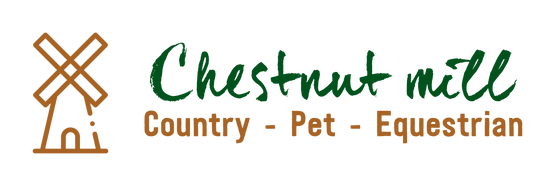Those high yield breeds such as Poll Dorest and Suffolk Sheep tend to be more susceptible to mastitis, however it can strike all breeds if they are not managed well during pregnancy and lambing. To have the best chance of avoiding it these simple measures can be taken.
1. Lambing Shed Hygiene
There are over 30 species of bacteria that can cause mastitis so ensuring optimal hygiene is practiced int he lambing shed can goa long way to preventing mastitis. In reality this means ensuring the bedding is kept clean and dry and avoiding high stocking density levels. When stripping ewes to check for mastitis, milk should be collected in a container, rather than onto bedding, to prevent contaminating the environment further.
As well as via bedding, infection can be spread via hands and clothing. The regular washing of hands and wearing of gloves is a simple yet effective measure.
2. Diet & Nutrition
Poor diet is a key contributor to high levels of mastitis within a flock. In particular a lack of protein makes them more susceptible. This is because protein is tone of he key building blocks in mammary tissue, and the level of protein fed in the last six to eight weeks of pregnancy can have a huge impact on milk production during lactation.
If milk production is poor s a result of low protein. this can cause the lamb to need to feed more often resulting an increase in incidence of damage and trauma to the teats, thus creating the perfect location for mastitis bacteria to gain a foothold. It is important to address this before lambing as waiting until then can often be to late.
3. Body condition score
Along with Diet and Nutrition a body condition score can also indicate the chances of mastitis. A score below 3 at lambing (for lowland ewes) indicates and increased risk of both clinical and subclinical mastitis. This is because thinner ewes at risk of not producing enough milk for their lambs.
When condition is on the lower side, take a look at the ration and if needed review it with a nutritionist to ensure they are getting enough protein and energy for their lambing and lactation. There is also possibly the need for diet supplementation in older ewes.
4. Asses Teats & Udders
The specific shape and position of the udder and teats can increase the chances of mastitis incidences.
Particularly, those ewes with teats placed on the outside of the udder, at a 45 degree angle, are preferable to encourage suckling and minimise teat trauma, which reduces cases of mastitis. Ewes with poor conformation should be considered for culling. Where as those with good conformation in this regard should be considered for breeding selection.

